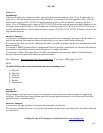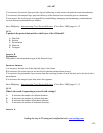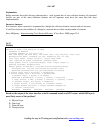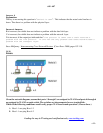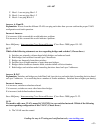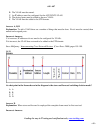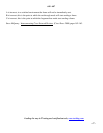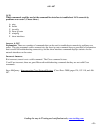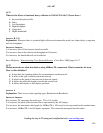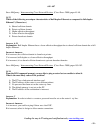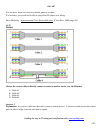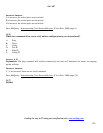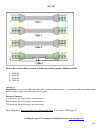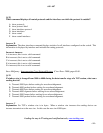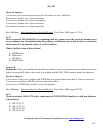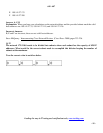
640 - 607
Leading the way in IT testing and certification tools, www.testking.com
- 19 -
Q. 21
What are the effects of sustained, heavy collisions in CSMA/CD LANs? (Choose three.)
A. Increased broadcast traffic
B. Delay
C. Low throughput
D. High throughput
E. Congestion
F. Higher bandwidth
Answer: B, C, E
Explanation: Whenever there is sustained high collision environment the results are longer delays, congestion
and low throughput.
Incorrect Answers:
A is incorrect; this will not increase broadcast traffic.
D is incorrect; due to the collision the throughput will decrease.
F is incorrect; the bandwidth will not be effected.
Steve McQuerry. Interconnecting Cisco Network Devices. (Cisco Press: 2000) pages 16-17.
Q. 22
Modem networks are often described as using 100Base-TX components. What is meant by the term
'Base' in this definition?
A. It describes the signaling method for communication on the network.
B. It refers to the type of media used in the network.
C. It relates to the speed of transmission of network signals.
D. It defines the allowable length of media that can be used.
E. It defines half-duplex or full-duplex operation.
Answer: A
Explanation: There are two main signaling types: Baseband and Broadband.
Incorrect Answers:
B is incorrect; TX represents the media type. TX r= Cat 5 cable.
C is incorrect; the speed of the transmission is represented by the 100 (mbps).
D is incorrect; the maximum cable length for 100BaseTX is 100 m and is not represented in the standard name.
E is incorrect; 100BaseTX is for full-duplex operation. This cannot be interrupted from the name.



